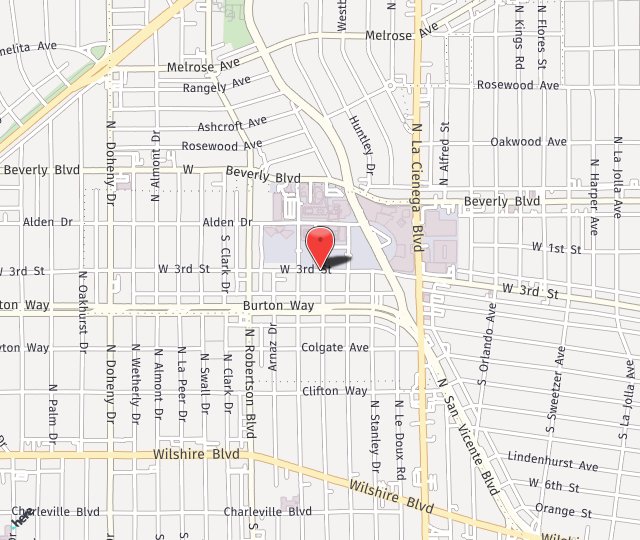Free Functional Muscle Transfer (FFMT)

Who is a candidate for Free Functional Muscle Transfer (FFMT)?
In patients with long-standing nerve paralysis or in those patients with incomplete muscle recovery, simply fixing the nerve is no longer an option. This is because by 12-18 months, the nerve permanently loses its connection to the muscle that it is controlling. After then, even if the injured nerve is fixed, it won’t be able to tell the muscle to contract. In these situations, a Free Functional Muscle Transfer (FFMT) may be a useful treatment option.
What is a FFMT?
In this procedure, an expendable muscle from the patient’s inner thigh is transplanted to the area in need of a strong muscle. The muscle from the thigh, called the gracilis muscle, is one of 7 muscles that brings the thigh inward and is not critical to function. It is carefully harvested with its blood and nerve supply. Depending on the type of paralysis, the gracilis muscle can be transplanted to the face to replace the smile muscles, arm to replace the biceps, or leg to correct the foot drop. To keep the gracilis muscle alive, its blood supply is connected to the arteries and veins at the recipient site (face, arm, or leg) under the microscope. To make the new muscle move, its nerve supply must be connected to a strong, expendable nerve at the recipient site as part of a nerve transfer.
How long is the recovery for FFMT?
FFMT is performed under general anesthesia and can last 8-10 hours. After surgery, patients are admitted to the Intensive Care Unit as a way to frequently monitor the blood supply of the transplanted muscle every hour. In this way, any potential problems with the blood supply can be detected early and remedied in a timely fashion. A typical hospital stay is 5 days, allowing enough time to confirm the health of the transplanted muscle and at a point when the patient is pain-free.
Patients will be followed closely by occupational therapists. Approximately 6-8 weeks following surgery, electrical stimulation devices will be used to help the muscles contract. Each patient’s muscle recovery is different in its time course.
Which conditions can be treated with a FFMT?
FFMT procedures are useful in treating;
- Acute Flaccid Myelitis
- Brachial Plexus Palsy
- Facial Paralysis
- Peroneal Nerve Entrapment

